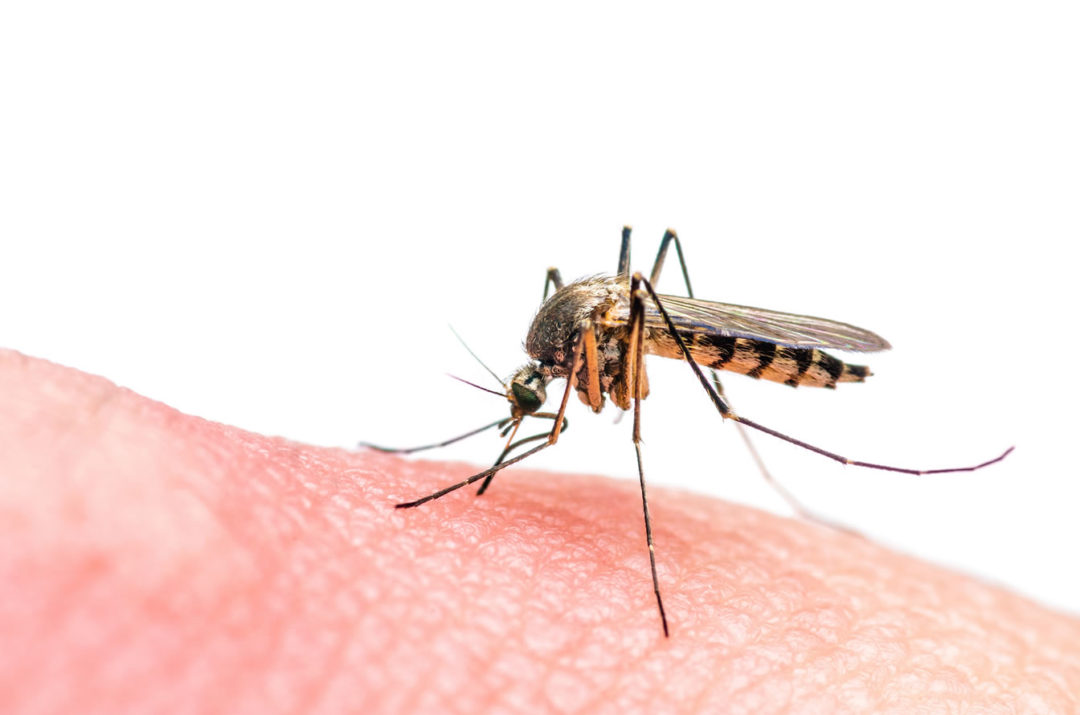
Quicklinks
Home » Researchers Link Zika Outcome to Selenium Status
Researchers Link Zika Outcome to Selenium Status

August 4, 2016
University of North Carolina Greensboro Biochemist Ethan Will Taylor, Ph.D., and High Point University Pharmacy Professor Jan Ruzicka, Pharm D, Ph.D., may have unraveled the mechanism that causes the birth defect microcephaly (i.e., being born with a small head) in children of Zika virus-infected mothers. They propose that Zika virus may cause these problems by mimicking the effects of a little known genetic disease called PCCA, a key symptom of which is progressive microcephaly.
The link to selenium is that, via something called antisense interactions, Zika virus may block the body’s ability to synthesize certain selenium-containing proteins known as selenoproteins, creating a situation that is similar to the genetic defect in PCCA. Such a loss of selenium-dependent functions results in many health problems, especially those related to the brain and nervous system. Thus, the latest Taylor and Ruzicka research implies that low dietary selenium status could be a risk factor for Zika-related neurological and fetal abnormalities such as microcephaly.
As readers know, I am constantly scanning the scientific literature following selenium research; I’ve been waiting for something to come up linking selenium to Zika. While I was checking the recent publications of Professor Taylor, who has been one of my interviewees for our “Vitamin Connection” column, I came across a presentation he made at the 251st National Meeting & Exposition of the American Chemical Society (ACS) in San Diego and also a recent open access article on the World Health Organization (WHO) “Zika Open” web site.
Because their work uses advanced genomic technologies, many potential readers may not be thrilled with the title of Taylor and Ruzicka article: “Antisense inhibition of selenoprotein synthesis by Zika virus may contribute to neurological disorders and microcephaly by mimicking SePP1 knockout and the genetic disease progressive cerebello-cerebral atrophy”. However, a link provided at the end of the article points to a set of online supporting material, including a simplified summary of the article by the authors that may help non-advanced genomic folks understand what it is all about:www.researchgate.net/publication/305399876
The most technical part of their summary states that “Zika virus mRNA may engage in extensive antisense interactions with several human selenoprotein mRNAs, most notably with that of selenoprotein P (SePP), which is an essential selenium carrier protein of particular importance for supplying selenium within the brain. Thus it is possible that the neurological symptoms and fetal abnormalities observed in Zika virus infection could be caused at least in part by Zika-mediated antisense inhibition of the synthesis of SePP, leading to decreased biosynthesis of other essential selenoproteins in the brain.”
In addition to the potential for these direct effects of Zika infection on selenoprotein levels, the authors point out that SePP is known to play an important role in the body’s detoxification of mercury, a heavy metal that has been associated with cases of microcephaly in the past. Zika-mediated knockdown of SePP could thus make infected fetuses more vulnerable to mercury exposure. Excessive levels of mercury in water, food, and human tissues have been documented in some regions of Brazil, the country in which Zika-associated microcephaly has been most prevalent.
The authors conclude that one reason for optimism is that, in several previous studies of SePP knockout mice, it was found that supplementation of maternal drinking water with sodium selenite was able to significantly reduce the neurological and growth deficits in newborn mice despite their lack of the SePP gene, presumably by supplying non-protein bound selenium directly to the brain via the placenta and mother’s milk. This suggests a similar approach with Zika virus-infected pregnant women might help to reduce the risk of Zika-induced fetal abnormalities. It is critically important to note that in the relevant published research on SePP knockout mice, inorganic sodium selenite was more effective in this regard than organic forms of selenium.
More details can be found in a set of slides from the 2016 ACS meeting and other material available on Dr. Taylor’s ResearchGate site at:www.researchgate.net/profile/Ethan_Taylor2/contributions
Richard A. Passwater, Ph.D., is the science editor at WholeFoods Magazine
NOTE: Always seek the advice of a medical professional before adding a dietary supplement to (or removing one from) your daily regimen. Supplements are not intended to cure, treat or prevent any disease or illness.
Published in WholeFoods Magazine, October 2016, Online 8/4/16
KEYWORDS selenium Web Exclusives

Dr. Richard Passwater is the author of more than 45 books and 500 articles on nutrition. Dr. Passwater has been WholeFoods Magazine’s science editor and author of this column since 1984. More information is available on his web site, www.drpasswater.com.
Recommended For You
Most Popular
The Magazine
Information
About Us
NOTE: WholeFoods Magazine is a business-to-business publication. Information on this site should not be considered medical advice or a way to diagnose or treat any disease or illness. Always seek the advice of a medical professional before making lifestyle changes, including taking a dietary supplement. The opinions expressed by contributors and experts quoted in articles are not necessarily those of the publisher or editors of WholeFoods.
© Copyright 2024 WFC, Inc. All Rights Reserved.







